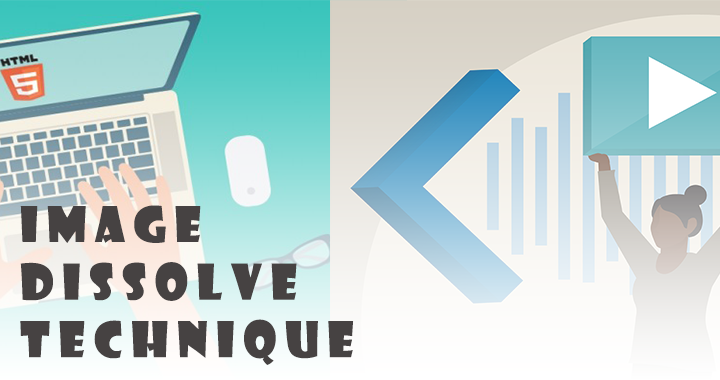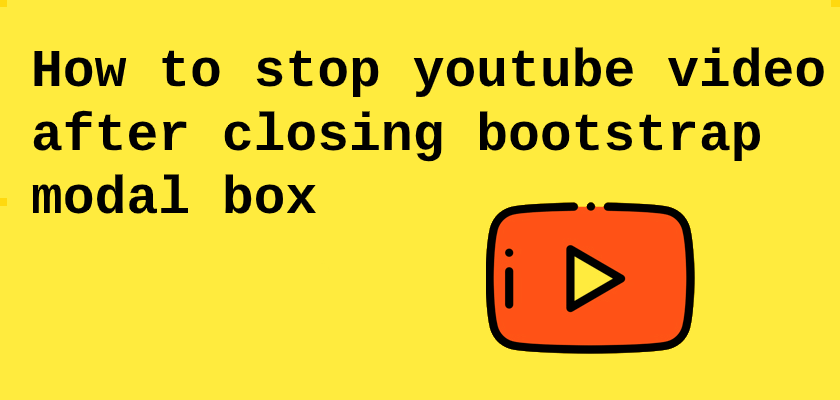Web Design plays an important role in any marketing strategy or positively impacting user experience. The site’s usability, aesthetics, and even formatting are significant when it comes to a company’s long-term success.
Now, let’s face the fact, even when we want to provide the best user experience for the client, it can be quite difficult to keep up with their constant demands and expectations all the time. Sometimes, we get frustrated to the extent that we just want to quit.
But what are the things that we are missing on our way to deliver a prominent result to the client and how can we help them with a user-friendly site? So let’s get started with some key points that will help in not only delivering a great web design but will also make your site engageable for the user!
First things first, what the heck is web design? Although, both the Web Development Company and Web Design Company are interchangeably called web companies, they still have different aspects. For starters, web design doesn’t mean the entire development process, rather it refers to the aesthetic part of the website.
It is said that we only have 8 seconds to capture the user’s attention when they are visiting a website. That means it’s your responsibility to design your website with such ease that the customers can easily engage with it and navigate through the site to reach wherever they want. However if the user finds your website designed awfully with uneven information, they will left instantly.
Read: What is API Testing, Types & Benefits?
To design the website in a way that captivates every visitor and encourages them to explore it, numerous elements help.
-
Use a decluttered and clean layout to put brand value’s in front of the user’s eyes
-
Entail bold typography and relevant yet beautiful photographs that look perfect both on mobile devices and desktop.
-
Always pay attention to colors as they have a psychological influence of their own
These are only major key points that can save you from creating a disaster, while many other factors can reevaluate your website’s initial impression.
Ways In Which A Web Design Enriches User Experience
In this busy and frenetic world, drawing attention to your web products or services can be quite difficult. But if you want to make your website tempting for the user and make them interested in your product, y’all need to learn what are the key features that deliver a great website design. Here are some of the factors impacting your website, let’s understand them:
1. Professionalism
Want users to trust and believe your new brand? Professional web design is the perfect element for that! It not only allows users to buy your services and goods, but it also offers you a sense of reliability. With successful and professional web design, it’s easier to develop an emotional connection among the visitors and brand. With a better connection, the chances of your customer returning to you are higher.
Read: How to Maintain a Website and Web Server?
Let me share some of the ways that can help in building connections and trust with the users.
a). Use Human Pictures
According to some research, the human eye is automatically drawn to human faces, instead of the other elements in the surrounding. You can use images of your team on the About Us page while showing the actual faces behind the brand. If you are selling some product, then make sure to use pictures that explain the interaction of the product with the people to help users connect them to your products.
b). Share a Story
A website offers you the platform to create a story that revolves around your product and brand which leads to more new customers and returning users. It doesn’t matter if your story is a silly one or an inspirational one, having a story behind the brand will develop a new reason for customers to understand and explore your site even more.
2. Appearance
Assume if you are a visitor and land on a website that is disoriented and messy, would you like to further explore it? The answer to that from my side is obviously NO! There are only two things that happen when you open a certain web page, either you like it or dislike it. Where a simple site/web page eases the interaction, a messy one ruins it.
So here are a few points that need to be in your mind at the time of website development.
a). Simplicity
Most people that come to your website do not evaluate your stylish design. They are there to fulfill some action, or to get some particular bit of information. Therefore, if the website you are designing contains irrelevant elements just for design with no functional purpose, it will only overwhelm the visitors. Besides, because of these elements, customers will find it difficult to complete what they are trying to achieve.
Read: What does DevOps actually do?
From the perspective of experience and usability, simplicity is essential. You can employ the principles of design in various forms. Like:
Whichever typefaces you choose for implementing on the site, they should not be too artistic but highly legible. A text color must be something that goes with the contrast of the background color.
Never use a lot of colors when it comes to designing web pages. The maximum limit that you can reach for different colors is five that can be either plus or minus two.
Thinking about employing graphics? Then only use them if and only if they can help the user in completing their task.
b). Content Organization
Closely tied to the simplicity principle, content organizing refers to arranging the elements of the website in a way that the most important part is at the top. Ain’t no user wants to go through a website like they are reading a book. They just need some snippets of information such as product categories, headlines, and other announcements to easily see and read the required information.
The design should be done in a way that attracts the visitor to complete the action you want, naturally and delightfully.
c). Consistency
Not only should your content be organized but there must be consistency in the overall look of the site pages. When the color scheme, backgrounds, typefaces, and tone of your writing in all the areas are the same, you will get a more positive impression of user experience and website usability.
It doesn’t mean that every page should have the same layout. Rather, you can develop different layouts for certain pages like informational pages, landing pages, product pages, etc. With different layouts, you can help the users in understanding the information they will find on the suggested pages.
3. Navigation
The site’s navigation is how your customers/visitor is enabled to move through and explore the entire website. As an outcome, it has to be effortless and instinctive to use. At the very moment, when your customer is feeling irritated and confused while navigating, you have downright lost them.
Read: Top 10 Benefits of Having a Web Application
The main element for navigation is none other than clarity. While exploring the menu of your site, they should easily understand the overall perspective or layout of the website and what they should look and move towards if they want to reach their desired destination.
4. Responsiveness
Responsiveness is the key to success for your website. If you will design a website that does not fit in different screen resolutions on different devices then it can harm the user experience. The majority of customers nowadays are from mobile. Over the last few years, mobile traffic has increased significantly and this doesn’t seem to stop any time soon. It means you can no longer ignore the needs of mobile users. So, you need to open up for a responsive design. It will be a great point to achieve customers’ loyalty and enhance their experience with your website.
Read: Top Backend Frameworks 2021
While the responsiveness of web design was a bit of a quiet topic for several years, it has now become the standard that will judge and measure the site’s experience. Everything from your website must fit the mobile screen size, should look good, and it must function perfectly regardless of the device. You can also defeat the traffic churn by making the following changes:
-
Optimize every image to increase page load speed
-
Disable multimedia’s autoplay
-
Use more white space to speed loading time
Wrapping it Up!
Web Design is always impactful at increasing the number of conversions which is also one of the important aspects in the marketing of your website. Having a website that is captivating, attractive, and offers ease of access, you will retain visitors and achieve a boost in the conversion rate too.
I hope that now you have acquired the essential knowledge of how web design can impact the customer/user experience and how you can improve their experience with the website you are designing. Website design is not limited to visual things, so it’s in your hands to make every visitor or customer journey amazing and as positive as you can.






